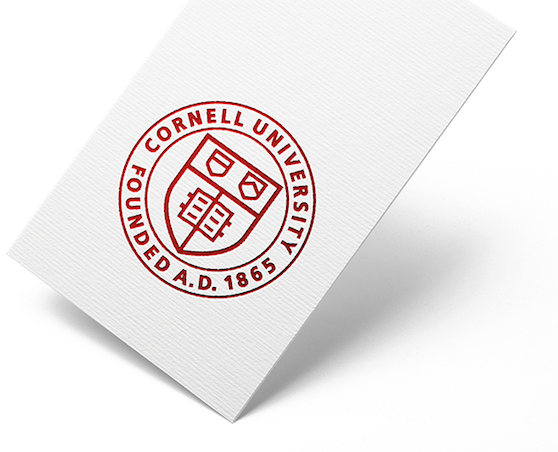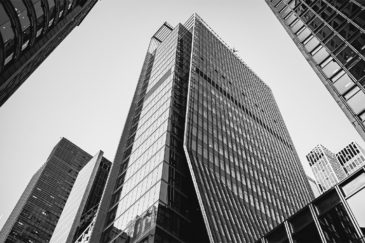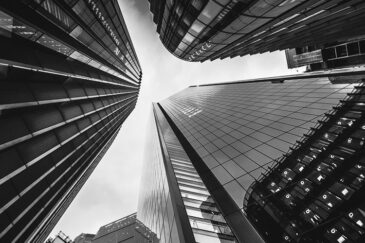Jeanne Varney is a senior lecturer at the Cornell Nolan School of Hotel Administration. She is part of the Property Development and Management Department, where she is responsible for the curriculum in Hospitality Facilities Management, Hospitality Asset Management, Sustainable Development, and Introduction to Sustainable Hospitality Principles. In Hospitality Facilities Management, Professor Varney combines the technical facilities curriculum with a practical management perspective. In Hospitality Asset Management, she examines the broad range of issues faced by hotel ownership groups requiring asset management oversight and analyses, as well as how to influence results that meet ownership objectives. In Sustainable Development, Professor Varney leads students through the principles, methodology, and strategic application of green hotel development and practices in an engaged learning environment. In Introduction to Sustainable Hospitality Principles, she guides students through the implementation of tactical green principles, policies, and practices.
Outside Cornell, Professor Varney is a principal with Olive Hospitality Consulting, where she provides practical sustainability solutions to businesses looking to improve the “triple bottom line” for their organizations. She has more than 20 years of real estate, operations, and sustainable hospitality experience. Prior to establishing Olive Hospitality Consulting, Professor Varney was vice president of asset management at Host Hotels and Resorts, administering the full range of ownership responsibilities, including operational and capital expenditure budgeting, ongoing operational reviews, and long-term strategic planning for the properties. She previously held positions with Marriott International Corporate Headquarters and Horwath Landauer Hospitality Consulting, as well as positions with the Ritz-Carlton Hotel Company and Four Seasons Hotels and Resorts.
In addition to her professional duties, Professor Varney is an international past-president for NEWH, Inc., and a founding member of the NEWH Sustainability Committee. She is also a member of U.S. Green Building Council, Sustainable Hospitality Council, Cornell Real Estate Council, and Cornell Hotel Society. Professor Varney holds an MBA from the George Washington University and a B.S. degree in Hotel Administration from Cornell University.














